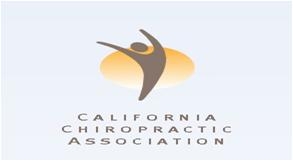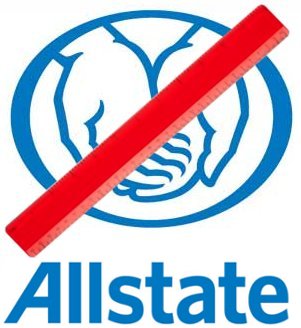
Shawn Steel Law Firm
PI Email Alert
July 8, 2016
Presidential candidates from both parties were surprised that the first questions they received in New Hampshire earlier this year, were about the opioid overdose epidemic. Thousands are dying unnecessarily. From 1999 – 2014, nearly 165,000 victims are ‘recorded’ from dying to opioid overdoses. Spreading throughout the US is cheap and deadly ‘heroin’ or some adulterated substitute.

According to Lewkovich some 100 million Americans suffer from chronic pain. Over 250 million prescriptions were written last year alone. Some 25% use opioids longer than 3 months. Experts believe that prolonged usage will inevitably lead addiction problems.
Many of your middle age patients may be silent drug addicts.
The CDC [Center for Disease Control] is pushing MD’s not to overly prescribe opiate based narcotics to treat pain --- especially chronic pain. This is a huge controversy.
Dr. Lewkovich, at his best, analyzes the CDC Opioid Guidelines and its ramifications for PI cases. Some implications for PI include:
| 1. | Does your patient report his has a history of ‘chronic pain”? | |
| 2. | Ask if your patients take medications. DO NOT OFFER ADVICE as to the RX. But note this fact. You may want to talk to that patient’s MD. | |
| 3. | Can these patients report accurate symptoms? | |
| 4. | How do the side effects impact care? |
You definitely need a copy of his Analysis. Contact johntawlian@shawnsteel.com for your copy.
If you love your profession join the California Chiropractic Association

http://www.calchiro.org/

Emma Navarro, was rear-ended when her car was at a full stop. It was not a huge impact.
Allstate vowed to take the case ‘all the way to court’. Care was only Chiropractic, MRI’s and one MD evaluation. No loss of earnings. No permanent residuals. Care lasted only 3 months.
Plaintiff would have settled for $15,000. Defendant offered only $5000 even though the total medical bills were $13,194.
Allstate’s biomechanical engineer opined that the force of the collision could not have caused lumbar and cervical sprains.
Interestingly his expertise as a biomechanical engineer was that he got his degree in physical education.
Allstate claimed their driver was not liable because he was also hit by a “phantom” car. This is a common defense feign.
The jury didn’t believe Allstate, 12-0.

The jury awarded $20,194.
Navarro vs. Shanks 14K 12207, LA Superior Court, Van Nuys, Hon. James Kaddo.
PRACTICE TIPS:
| 1. | Allstate likes to intimidate. They frequently pay much more to the cost of trial---than to settle. | |
| 2. | The only way to reform Allstate is to continue to take them to court. | |
| 3. |
There might have been a couple of things the DC could do to make the case more effective:
--- the MD suggested a Pain Management consult. Not done. --- The patient should have produced loss of income records but didn’t try. Juries love LOE --- Unless the patient was 100% symptom free – the jury considers the LENGTH of care important. Patient treated 3 months. That is little ‘pain and suffering’ for the jury to consider. Instead, lengthen the care to 6 months at 1 time a month in case of flare-ups. 6 months of care is much more impressive to the jury. |

